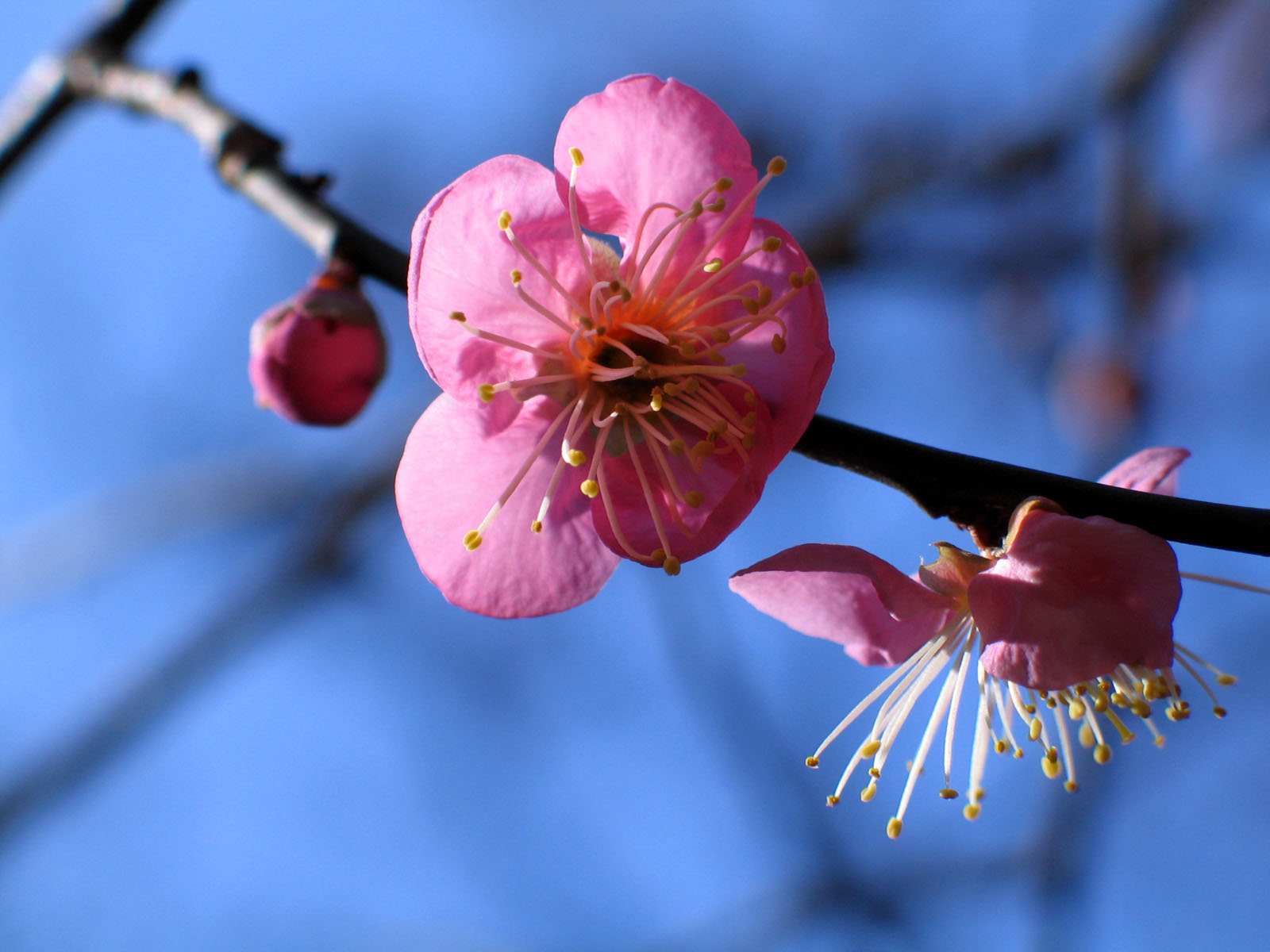Traditionally, Kisaragi (如月, the old name for February) was considered a month of hope — a chance to wipe the slate clean and start over. Before the nation switched to the Western calendar, it was the month for ushering in Oshōgatsu (お正月, New Year) and marked a time when everyone took it easy and waited for spring. February was also the month when ume (梅, plum) blossoms started to bloom, along with the very first of the hyakka (百花, the 100 indigenous flowers of Japan), reminding everyone that the worst of the cold, the suffering of winter, would soon be over.
Officially speaking, sakura (桜, cherry blossoms) are Japan's national flower. The ume is the B-grade version, the modest sister who shies away from center stage. If sakura is masculine, with no qualms about showing off, then ume is feminine, with a penchant to hide itself while scenting the air with a sweet, astringent aroma.
Blossoming during one of the coldest months of the year, often covered in ice and snow, the ume is sometimes thought of as a metaphor for chinmoku (沈黙, silence or reticence) and nintai (忍耐, patience). The documented history of the plum blossom goes back at least as far as the "Manyōshū" (万葉集, a collection of Japanese poetry compiled around 759), when famed poets from Ki no Tsurayuki to Fujiwara no Teika wrote of its fresh beauty and demure charm.

















With your current subscription plan you can comment on stories. However, before writing your first comment, please create a display name in the Profile section of your subscriber account page.